Every year, our family had one tradition before the month of November came, which was making suman. Suman was a typical food that was mainly made of sticky rice and cooked for a very long time. There are varieties of Suman depending on the region of the Philippines where you live. But as for my family, we have our own Suman that has been passed down by my great-grandmother. I didn’t know exactly when it started, but I knew for sure that, since I was young, making suman was already a tradition. A tradition that shouldn’t be missed, or else it feels like November 1 is completely incomplete.

The preparation for making suman is easy, but it takes time to finish. I guess the whole preparation can take at least 1–2 hours, depending on how many kilos of sticky rice you are going to use and how many people will work on it. What I really loved during preparation was your time with your family. You have time to talk and share random stories, which eventually will make everyone laugh loudly.
The preparations
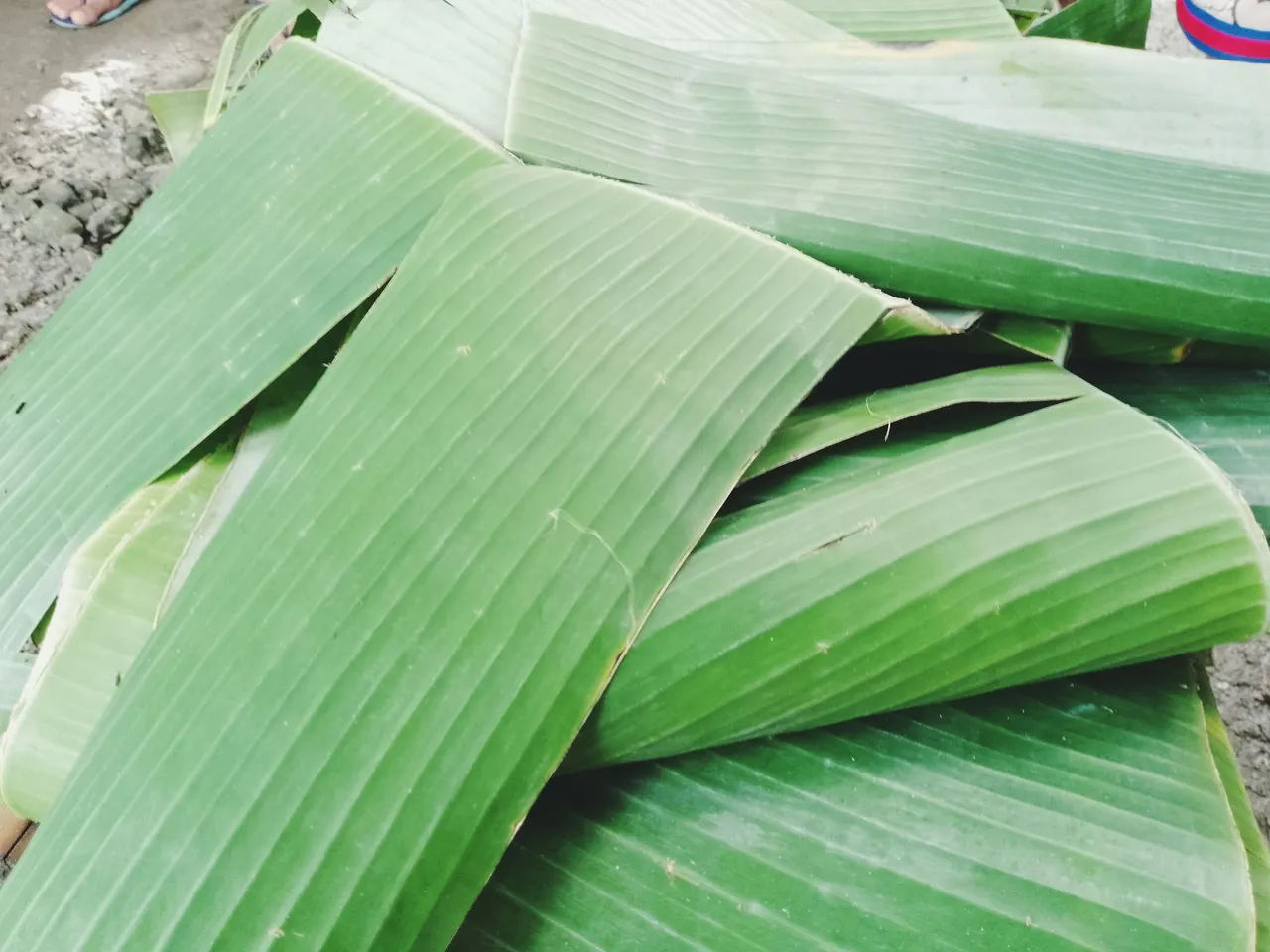
So, what are the things we need to make a suman? First, we have to get plenty of banana leaves and make sure that those leaves do not have many cuts or damage because it is hard to use them when you fold the suman. My father got one sack of banana leaves that was good for 10 kilos of sticky rice.
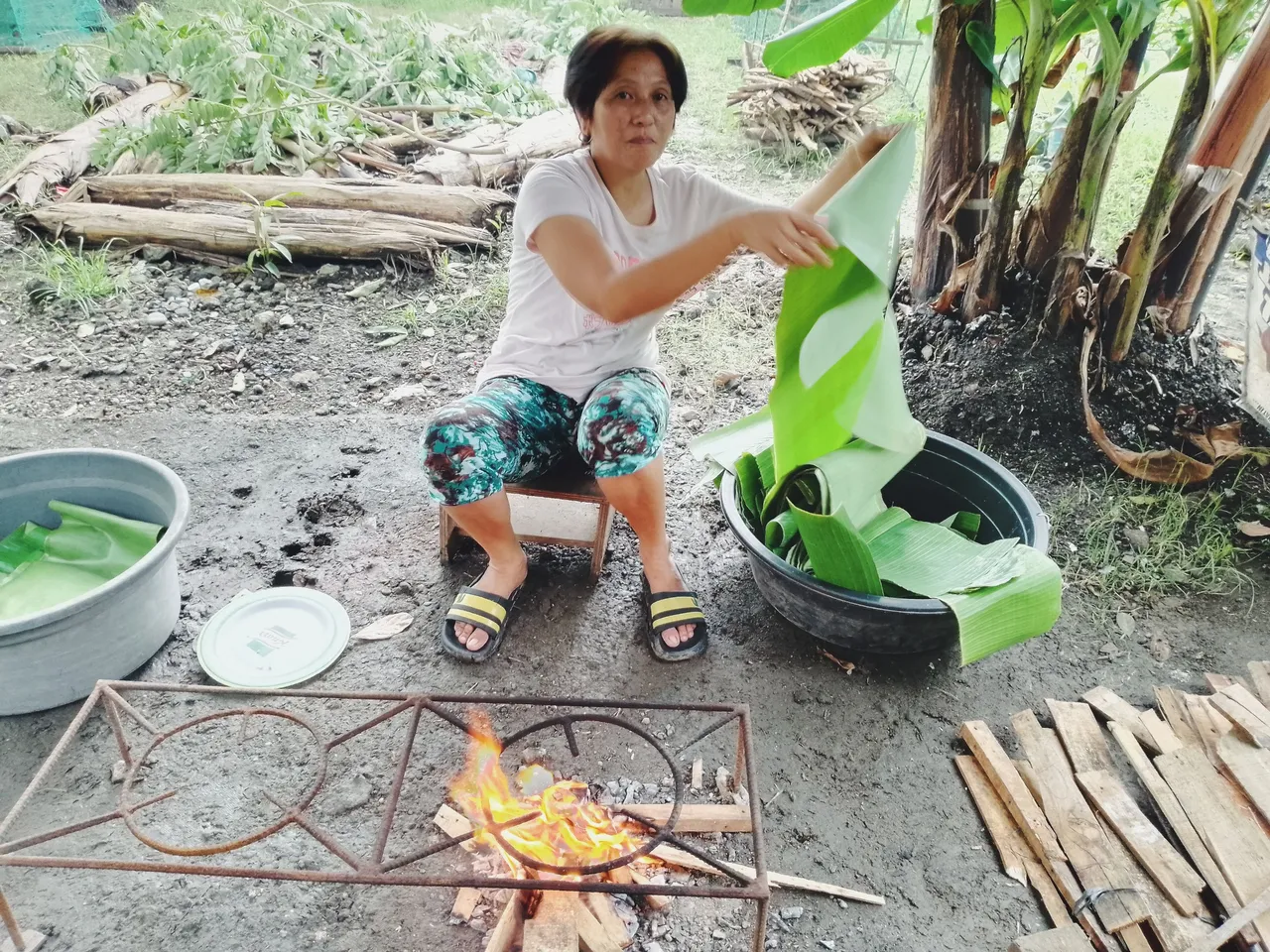
Now that we have banana leaves, it’s time to burn them—not actually burn them, but just enough that you see the leaves turn green and produce shininess. Always be careful when doing it since the fire is still dangerous. This is easy to do, but the smoke coming from the woods makes my eyes teary. It takes an hour and a half to finish burning all the banana leaves.
Why do we have to burn a bit of these banana leaves? It is because it makes it easy to bend and roll. When you don’t burn it, there is a high tendency that the leaves will break easily.

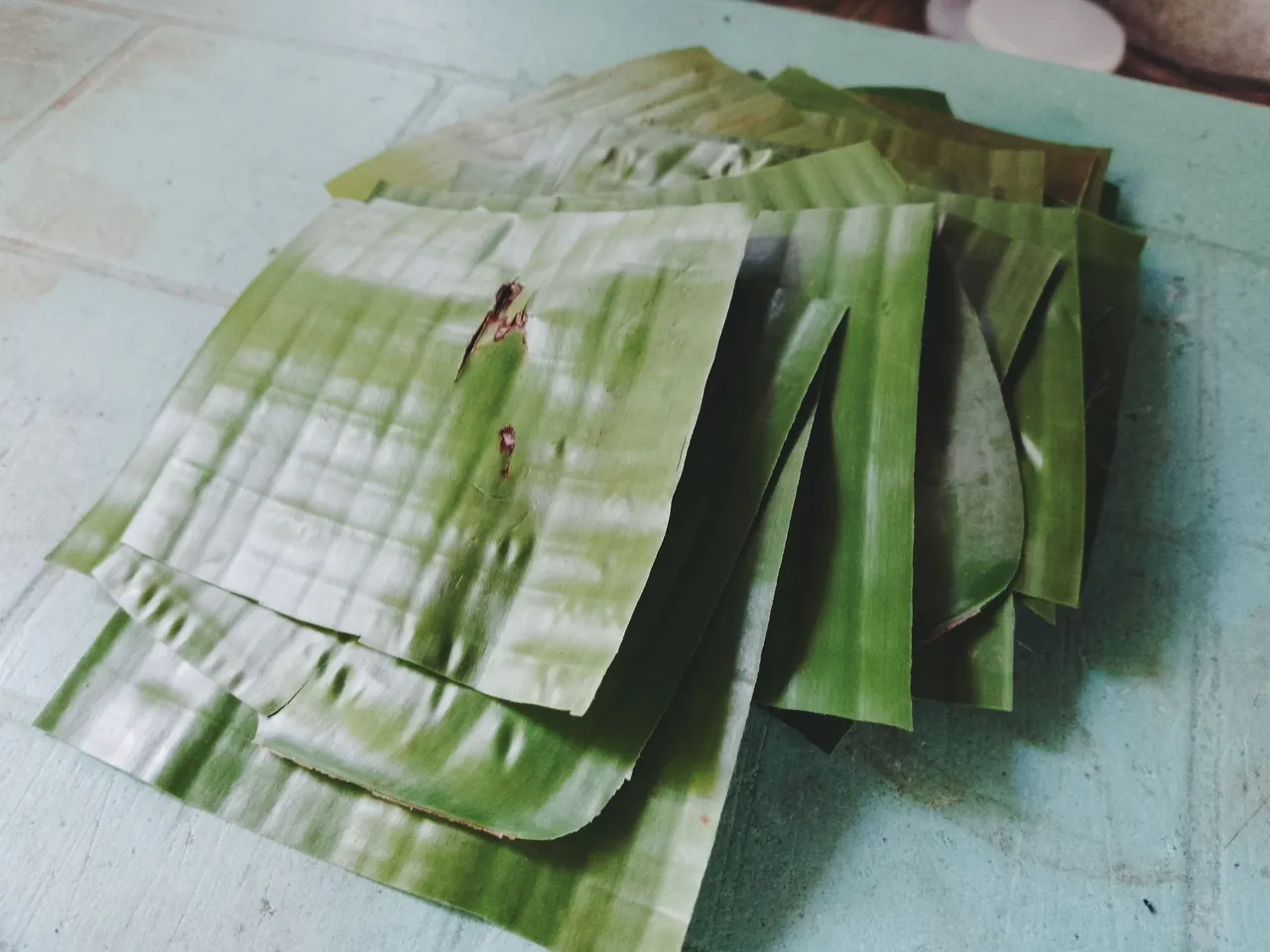
After burning all those leaves, you need to wipe them back and forth because there are plenty of ashes. We have to remove those ashes for the sake of cleanliness and to avoid food diseases. Next, we need to cut them into squares. The square sizes are for the base of the suman, and the bigger ones are for the cover. Again, doing this takes time because cutting one sack of banana leaves is too many. I hope you can imagine how many there are.
Making colored juice for the sticky rice
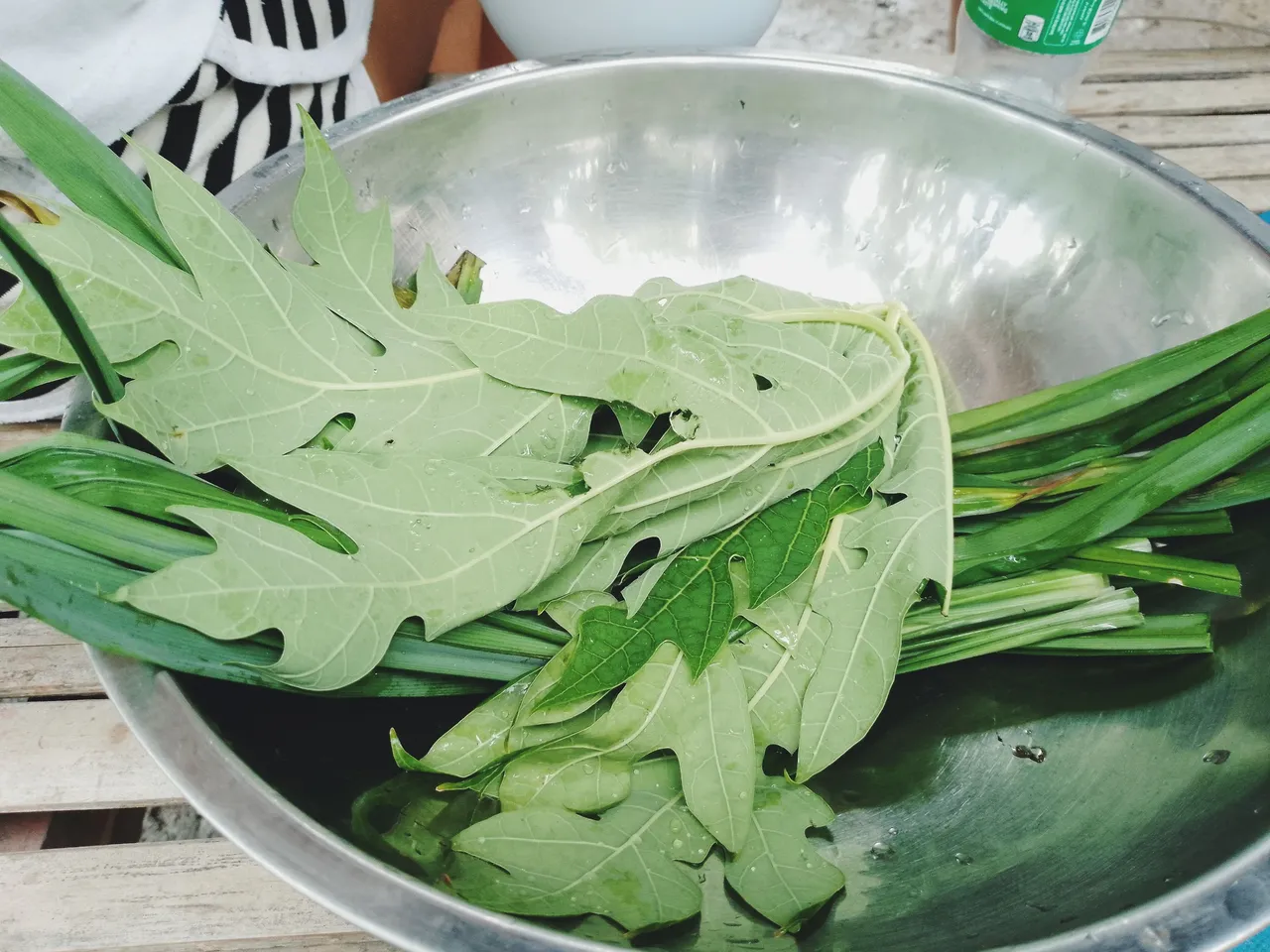
I asked my grandma why we have to get papaya leaves and lemongrass instead of using the food color, which is green because the main purpose of doing so is to make the suman a little bit greenish. She told me that when we use papaya leaves and lemongrass, aside from the green juice, it can boost the aroma and taste of suman. She’s not a fan of using food color, though, since it's the recipe that has been passed down to her by her mother.
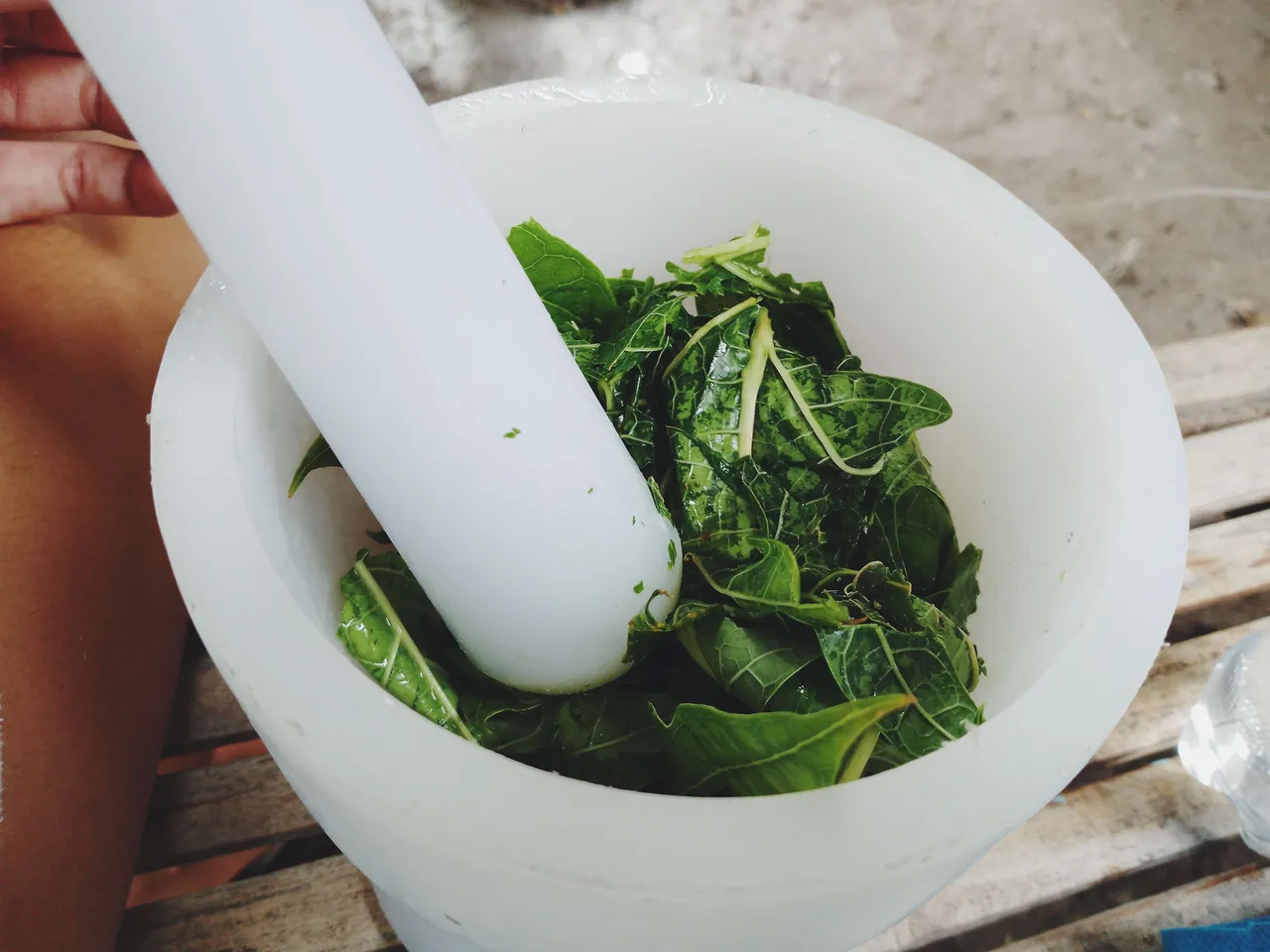
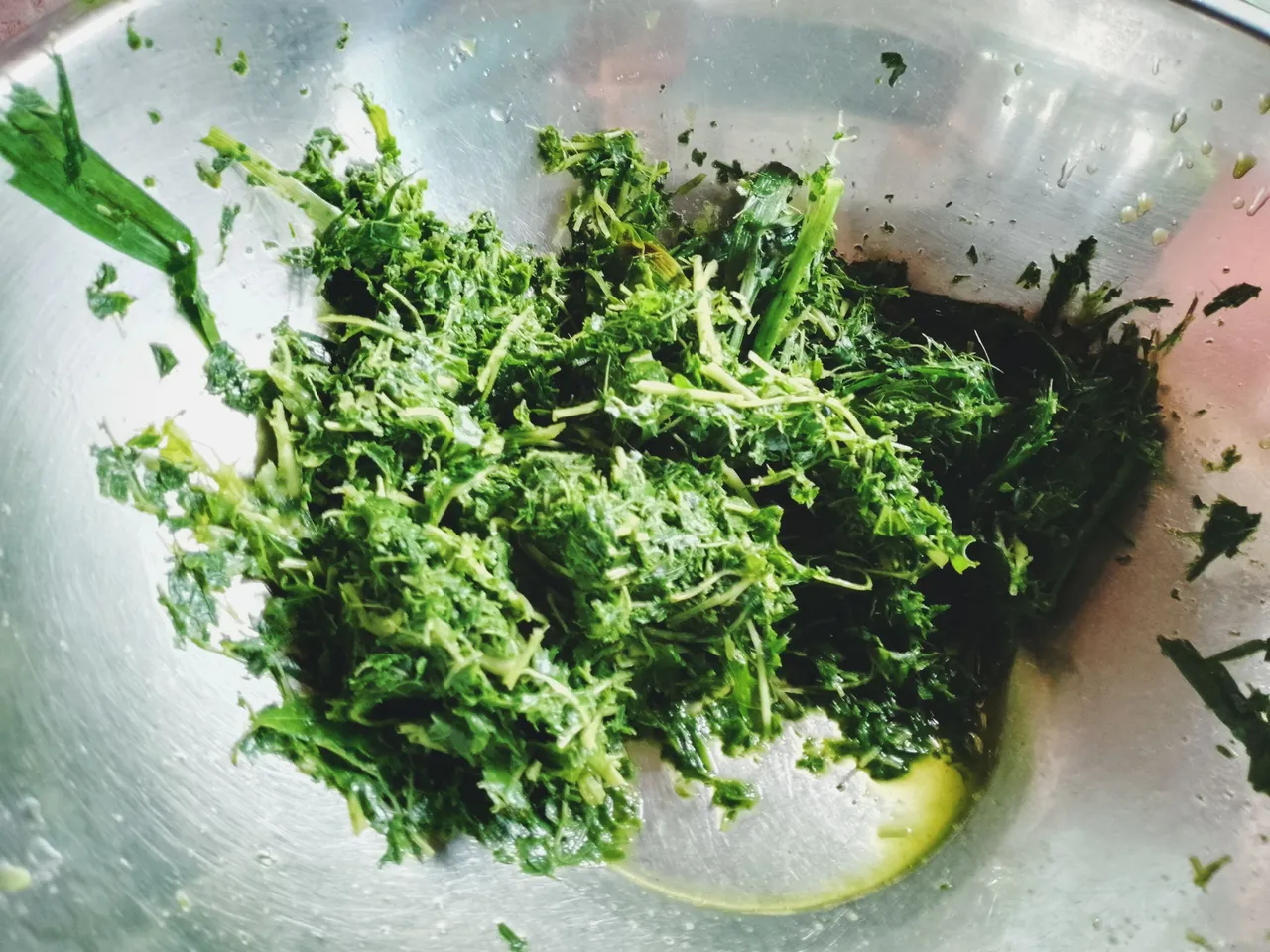
Then, we have to grind the papaya leaves and lemongrass. I was the one who was tasked with doing so, and my hands hurt so much. By using a mortar and pestle, it makes it easy for me to grind them little by little. My grandma will add some water, and she will squeeze it multiple times until she gets enough juice. It smells good because of the lemongrass.
Time to mix sticky rice and colored juice.
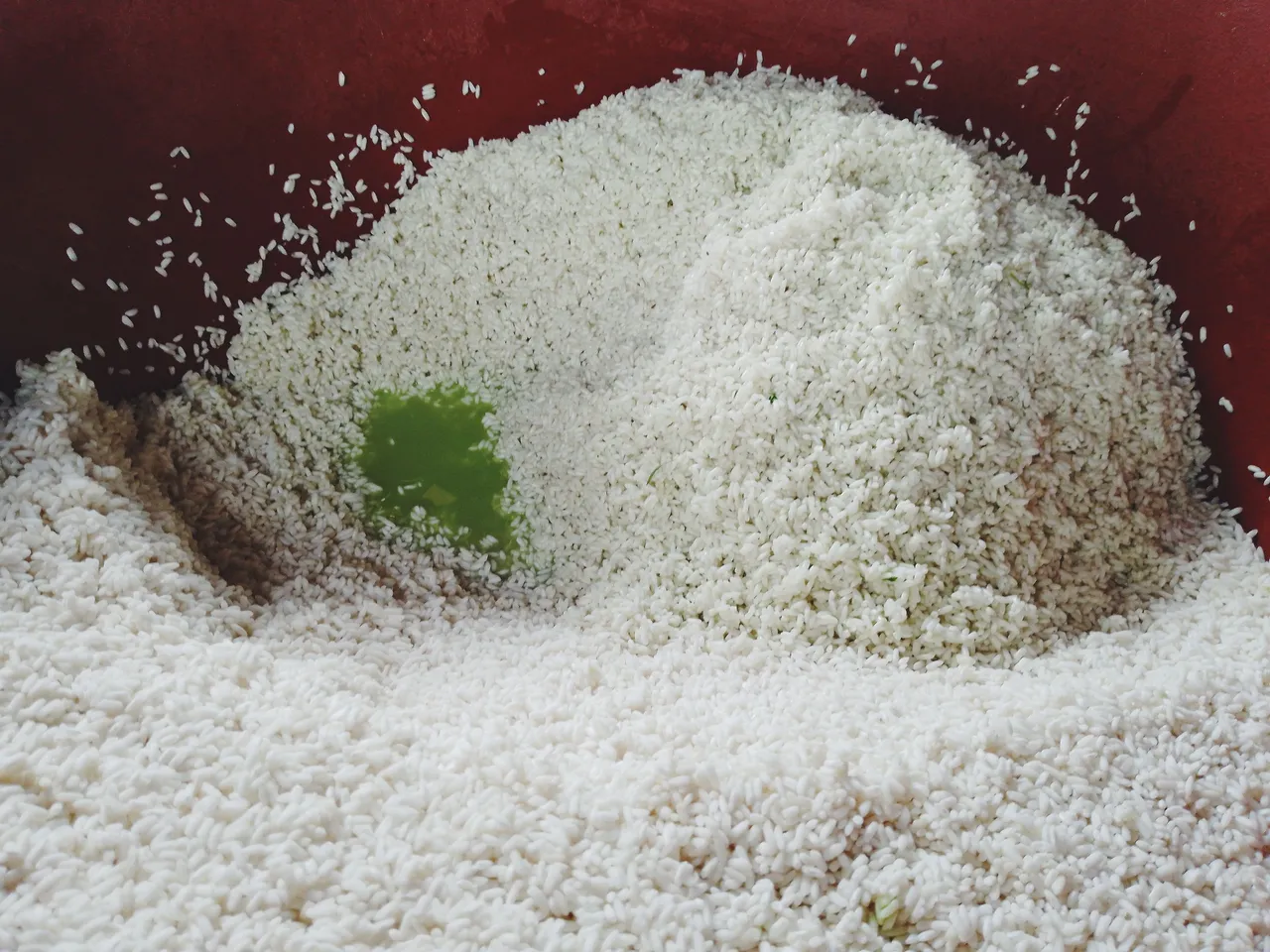
We have to wash the sticky rice at least three times so that dirt will be washed away. You should not wash the rice first when you are not finished burning all the banana leaves and making colored juice because the rice’s quality will be lessened. That’s what my grandma told me. Just mix the sticky rice and colored juice together.
Time to wrap and make supper

First, you have to put the squared leaves we cut a while ago in the middle of the big leaves. Add some sticky rice—just enough of it. But my grandma used a 14-cup measurement. She was only the one who wrapped everything because she was the one who knew how to do it. She didn’t allow us to touch or make one, either.
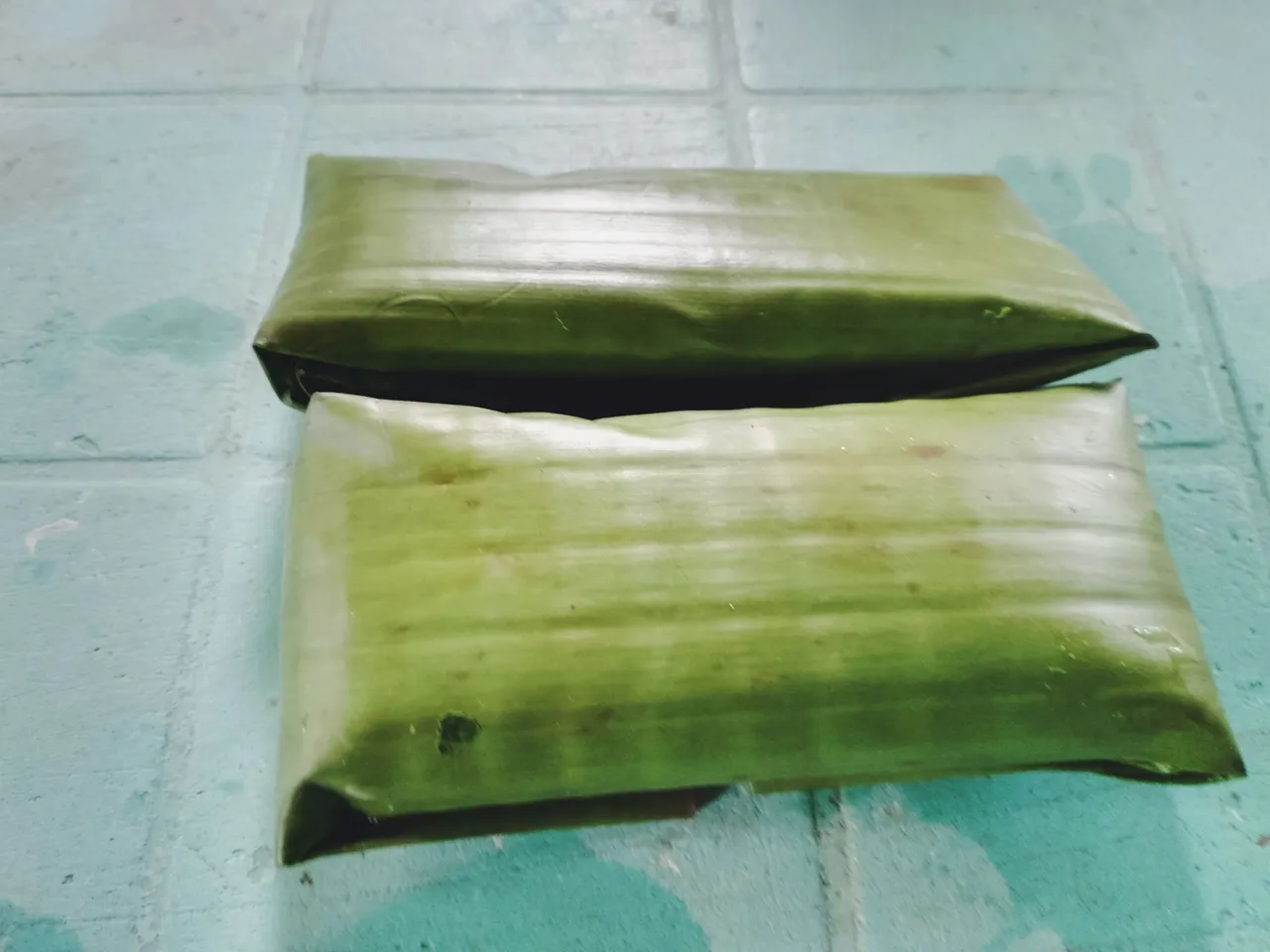
After she wraps it, we have to set it aside. When there are plenty of them already, it’s time to bind them. Binding is ensuring that the sticky rice will not get out of the wrap, or else you want everything to go in vain. My father and auntie were the two who bound the suman.
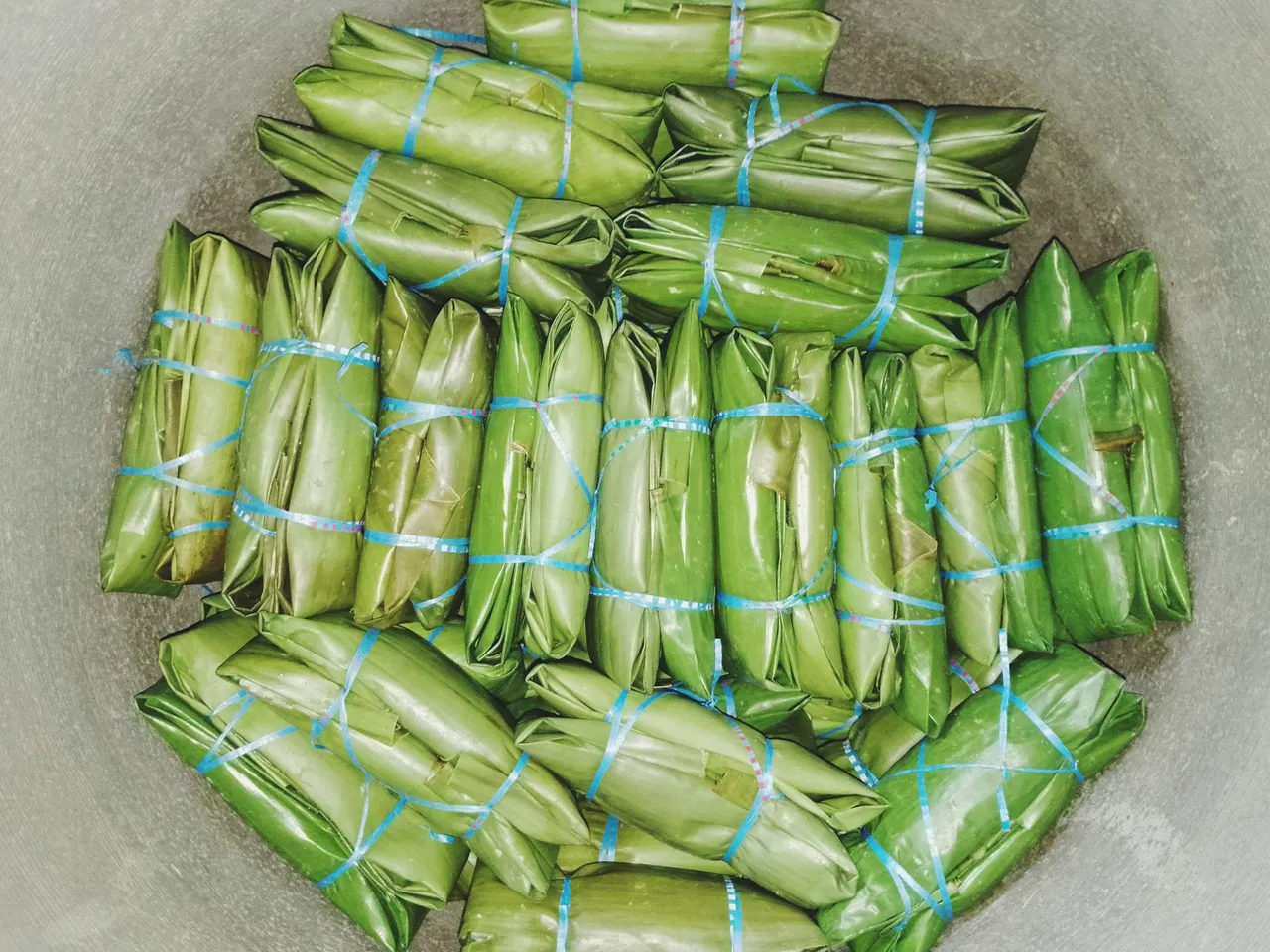
When we finished all the preparations, we had to put it in the large cooking pot that could accommodate all the suman you made. Thankfully, we have this large pot that fits 10 kilos of suman. Make sure you have put banana leaves at the very bottom and top of the pot to avoid an instant burn from the sulfur that follows.
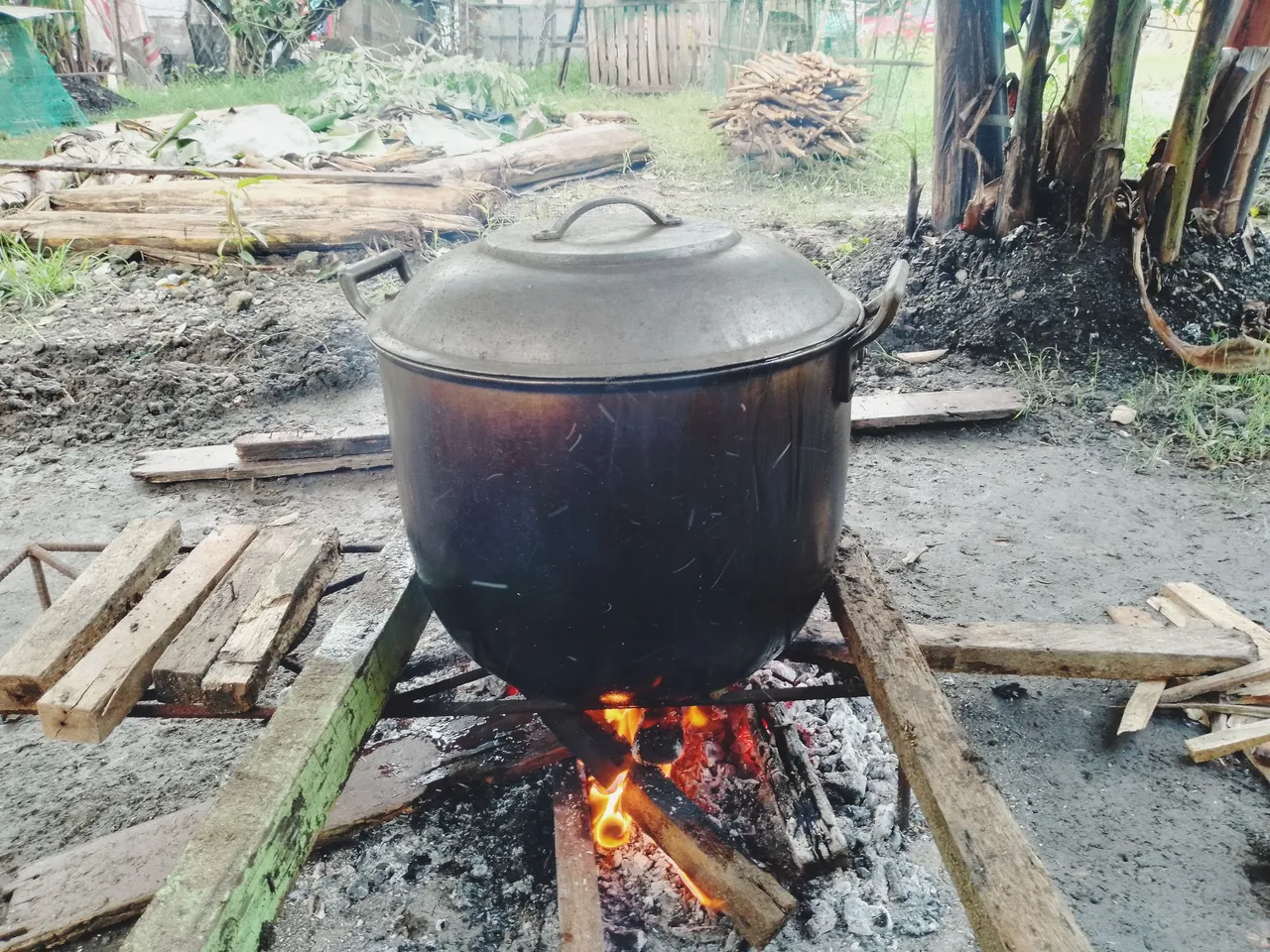
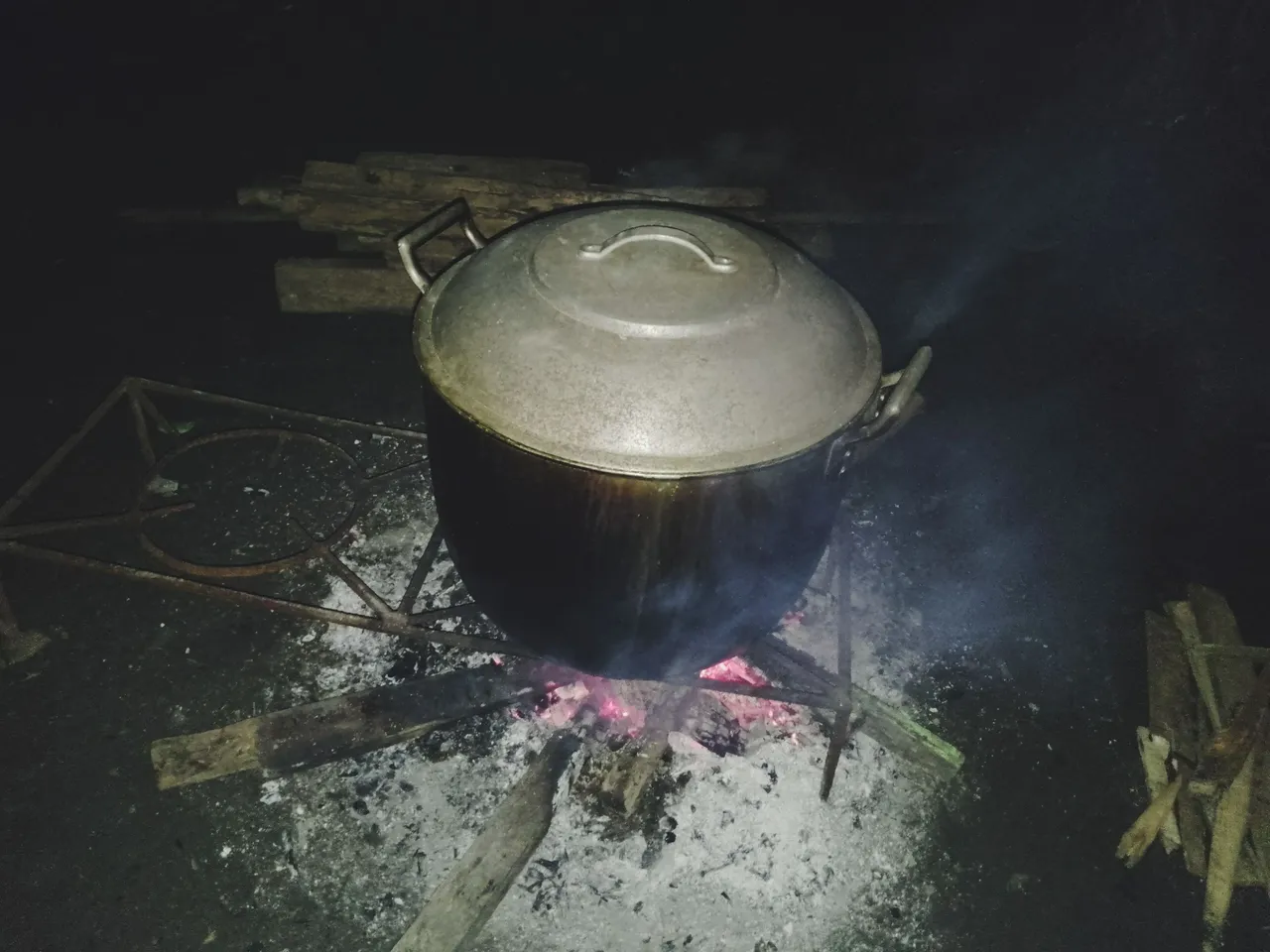
You will be surprised when I tell you that you need to wait for at least 5 hours before the samban will be cooked. We started to cook it around 12:30 p.m., and it first boiled around 1:55 p.m. The first boil is the start of the official countdown of 5 hours, so from 1:55 to 5 hours, it will be around 6:55 pm. That’s how long the duration of cooking suman is.

After 5 hours, we finally made it, and the suman was cooked. In the 10 kilos, we made 75 pairs, meaning we made 150 pieces of suman. That’s plenty, but considering how large our family is, well, that’s not a lot. It’s hard to get out all the steam because it’s so hard and the steam gets in your eyes. So, that’s how we made our family tradition Suman. It’s not complex at all, but it takes a lot of time before you can eat it. Again, suman has a lot of varieties depending on your area, so what’s the suman there?